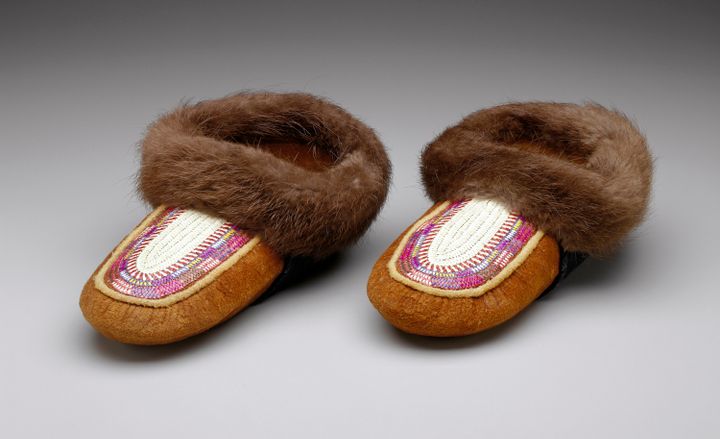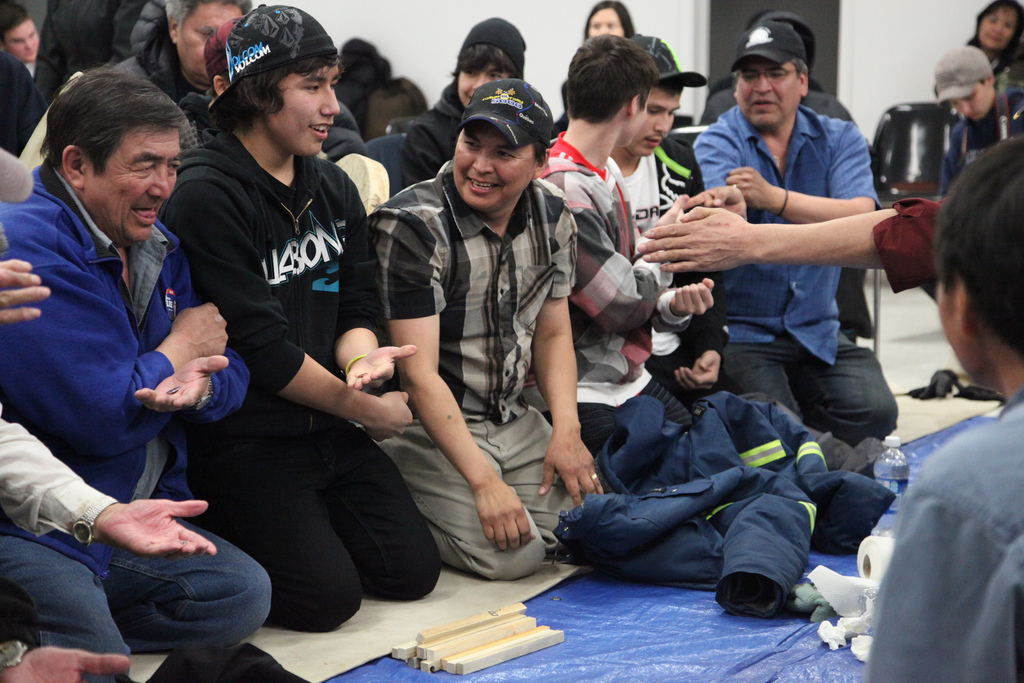Indigenous Material Culture in Canada
Material culture refers to physical forms of culture. This includes art, monuments, buildings, tools, weapons, money, clothing, religious items, and other artifacts. The design and function of these objects directly reflects the society that made them. A society’s history and geography also influence the creation and meaning of such items. The study of material culture helps us to understand human behaviour and the way that people interact with objects. This collection explores Indigenous material culture in Canada. It features articles that provide insight into traditional ways of life. It also includes content that considers the effects of colonization on Indigenous peoples and their cultures. This collection aims to highlight the richness and diversity of various physical forms of Indigenous culture in this country.

Timelines

Indigenous Peoples
Indigenous nations tell their own stories about the origins of the world and their place in it; all claim their ancestry dates to Time Immemorial. At the same time, there is considerable archeological debate about when humans first came to North America, though broad assumptions suggest waves of migration from northeastern Asia, by both land bridge and boat, between 30,000 and 13,500 years ago. Note: This timeline presents key events and developments in Indigenous history in what is now Canada, from Time Immemorial to present. While no timeline can be exhaustive in its coverage, it provides a broad chronological overview to support educators and students.
Education Guides
Gallery









Videos



